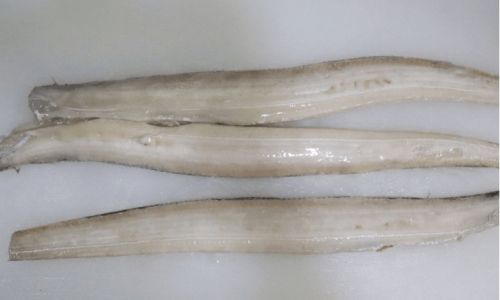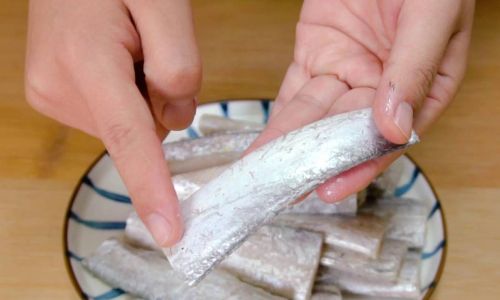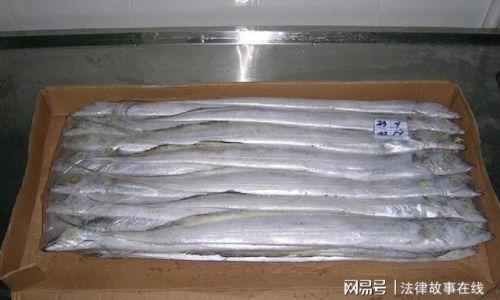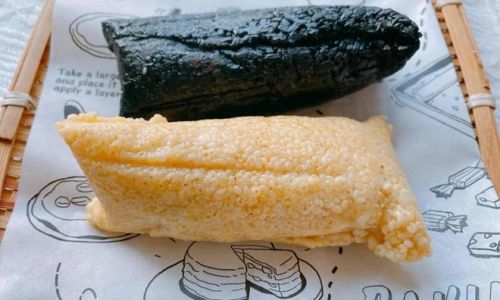Table of content
- Refrigeration (3–4 Days Maximum)
- Freezing (Up to 3 Months)
- Oven Reheating (Best for Crispy Skin)
- Stovetop Method (Ideal for Tender Meat)
- Microwave (Quick but Risky)
- Recipe 1: Crispy Duck Stir-Fry with Garlic Sauce
- Recipe 2: Duck and Wild Rice Soup
- Recipe 3: Duck Salad with Hoisin Dressing
- Recipe 4: Duck Banh Mi Sliders
Roast duck, with its crispy skin and succulent meat, is a culinary delight enjoyed across cultures. However, the challenge often lies not in cooking it but in managing the leftovers. Improper storage can lead to spoilage, while dull reheating methods may ruin its texture and flavor. This article explores actionable strategies to preserve and transform leftover roast duck, ensuring every bite remains as delightful as the first. From refrigeration hacks to creative recipe reinventions, here’s your comprehensive roadmap to reducing waste and maximizing flavor.
Immediate Post-Meal Actions: Cooling and Initial Storage
The first 24 hours after a meal are critical for preserving leftover roast duck. Leaving it at room temperature for too long invites bacterial growth, a risk highlighted by food safety authorities. To counter this:
-
Cool It Safely: After the meal, avoid placing hot duck directly into the refrigerator, as this can raise the appliance’s internal temperature, jeopardizing other foods. Instead, slice the meat into smaller portions and spread them on a baking sheet. Let it cool for 20–30 minutes at room temperature—no longer, to prevent bacterial proliferation.
-
Portion Control: Divide the duck into meal-sized portions. This not only speeds up cooling but also prevents unnecessary thawing and refreezing, which degrades texture.
-
Airtight Containers: Use shallow, airtight containers or heavy-duty resealable bags. For the skin’s crispiness, some chefs recommend storing the skin separately, as moisture from the meat can soften it. However, if reheat-ing properly, this step is optional.

Refrigeration vs. Freezing: Choosing the Right Method
The decision between refrigerating and freezing depends on when you plan to consume the leftovers.
Refrigeration (3–4 Days Maximum)
- Ideal For: Leftovers to be eaten within 72 hours.
- Best Practices:
- Place portions in containers with a loose lid initially. Tightening the lid once cooled prevents condensation, which can make the skin soggy.
- Store duck meat away from strong-smelling foods (e.g., onions, garlic) to prevent flavor absorption.
Freezing (Up to 3 Months)
- Ideal For: Long-term storage or meal prepping.
- Best Practices:
- Use freezer-safe bags or vacuum-sealed containers to prevent freezer burn.
- Label containers with the date to track freshness.
- For extra crispiness upon reheating, freeze the skin separately on a parchment-lined tray before transferring it to a bag.
Reheating Techniques: Restoring Crispiness and Flavor
The goal of reheating is to retain moisture without steaming the meat into dryness. Experiment with these methods:
Oven Reheating (Best for Crispy Skin)
- Steps:
- Preheat the oven to 300°F (150°C).
- Place duck pieces on a wire rack over a baking sheet to allow heat circulation.
- Lightly brush the skin with oil or melted butter.
- Heat for 10–15 minutes, or until the internal temperature reaches 165°F (74°C).
Stovetop Method (Ideal for Tender Meat)
- Steps:
- Slice the meat into thin strips.
- Heat a skillet over medium heat with a teaspoon of oil or broth.
- Sauté for 3–4 minutes, stirring occasionally to prevent burning.
Microwave (Quick but Risky)
- Pro Tip: Use a microwave-safe dish with a damp paper towel over the meat to retain moisture. Heat in 30-second bursts, flipping halfway. However, expect slightly softer skin.
Safety First: Identifying Spoilage and Avoiding Risks
Leftover roast duck, like all poultry, is prone to Salmonella and Campylobacter if mishandled. Watch for:
- Visual Cues: Fuzzy mold, slimy texture, or discoloration (e.g., grayish hues).
- Odor Test: A sour or ammonia-like smell indicates spoilage.
- Temperature Danger Zone: Never leave duck at 40°F–140°F (4°C–60°C) for over two hours.
Creative Repurposing: Beyond the Basic Reheat
Leftover roast duck is a versatile ingredient. Elevate meals with these ideas:
Recipe 1: Crispy Duck Stir-Fry with Garlic Sauce
-
Ingredients:
- 2 cups shredded roast duck
- 1 tbsp vegetable oil
- 3 garlic cloves, minced
- 1 red bell pepper, sliced
- 4 oz snow peas
- 2 tbsp oyster sauce
- 1 tbsp soy sauce
- 1 tsp sesame oil
-
Instructions:
- Heat oil in a wok. Stir-fry garlic until fragrant.
- Add vegetables and stir-fry for 3 minutes.
- Toss in duck and sauces. Cook for 2 more minutes.
- Serve over jasmine rice.
Recipe 2: Duck and Wild Rice Soup
-
Ingredients:

- 1 cup leftover duck, shredded
- 4 cups chicken broth
- ½ cup wild rice
- 1 carrot, diced
- 1 celery stalk, diced
- 1 tbsp fresh thyme
-
Instructions:
- Simmer broth, rice, carrots, and celery for 25 minutes.
- Stir in duck and thyme. Cook 5 more minutes.
- Garnish with parsley.
Recipe 3: Duck Salad with Hoisin Dressing
-
Ingredients:
- 1 cup roast duck, sliced
- 4 cups mixed greens
- 1 cucumber, sliced
- ¼ cup hoisin sauce
- 1 tbsp rice vinegar
- 1 tsp sesame seeds
-
Instructions:
- Whisk hoisin sauce and vinegar for dressing.
- Toss greens and cucumber with dressing.
- Top with duck and sesame seeds.
Recipe 4: Duck Banh Mi Sliders
-
Ingredients:
- 6 slider buns
- 1 cup pulled duck
- ¼ cup mayonnaise
- 2 tbsp Sriracha
- 1 carrot, julienned
- 1 cucumber, julienned
- Fresh cilantro
-
Instructions:
- Mix mayonnaise and Sriracha. Spread on buns.
- Layer duck, veggies, and cilantro.
- Serve warm or cold.
Eco-Friendly Tips: Reducing Food Waste
- Bone Broth: Simmer duck carcasses with vegetables for 8 hours to create a rich broth.
- Composting: If spoilage occurs, compost meat scraps (ensure local regulations allow poultry composting).
- Donations: Partner with food banks accepting prepared meals.
Conclusion: Savor Every Bite Responsibly
Leftover roast duck is a treasure, not a burden. By mastering storage, reheating, and creative repurposing, you extend the life of your meal while delighting your palate. Whether it’s a crispy stir-fry or a comforting soup, these strategies ensure no morsel goes to waste. Embrace sustainability and culinary innovation—your taste buds and the planet will thank you.






0 comments